EP183: MCP vs API: what’s the difference?
Enhance Your Kubernetes Strategy with These Essential Metrics (Sponsored)
Download our comprehensive eBook on optimizing Kubernetes performance. This guide delves into crucial cluster state, resource, and control plane metrics, highlighting 15 of the most essential metrics your DevOps team should be tracking. Learn how to gain complete visibility into your containerized environments and optimize Kubernetes performance with Datadog.
This week’s system design refresher:
MCP vs API: what’s the difference?
Help us Make ByteByteGo Newsletter Better
TCP vs UDP
AI and Machine Learning (ML)
How Python Works
SPONSOR US
MCP vs API: what’s the difference?
APIs have been the backbone of software-to-software communication for decades. Now, a new player — the Model Context Protocol (MCP) — is emerging as an AI-native protocol designed for agents, IDEs, and LLMs.
API (Application Programming Interface):
Purpose: Enables software-to-software communication.
Discovery: Requires documentation.
Standardization: Varies — REST, GraphQL, gRPC, etc.
MCP (Model Context Protocol):
Purpose: Enables AI-native communication between clients (agents, IDEs, LLMs) and servers.
Discovery: Self-describing (no external docs needed).
Standardization: One uniform protocol for resources, tools, and prompts.
Over to you: Do you think MCP will complement APIs or eventually replace them in AI-driven systems?
Help us Make ByteByteGo Newsletter Better
TL:DR: Take this 2-minute survey so I can learn more about who you are,. what you do, and how I can improve ByteByteGo
TCP vs UDP
Every time data moves across the internet, it chooses between accuracy and speed. That’s TCP vs UDP.
TCP: Connection-oriented and reliable. It ensures ordered, duplicate-free delivery with flow and congestion control, making it ideal for web browsing, email, and file transfers.
UDP: Connectionless and lightweight. It sends packets without guarantees of delivery or order, but with minimal overhead. It is perfect for gaming, streaming, and real-time communication.
📘 A piece of knowledge each day: AI and Machine Learning (ML)
What is AI? What is ML? Are they the same thing? We will clear the common confusion in this post.
AI and ML are often treated as if they are the same thing. They are not. AI is the bigger field. It is about creating programs that can sense, reason, act, and adapt. Any system that shows intelligent behavior can fall under AI.
ML is a subset of AI. It focuses on algorithms that learn from data and improve with experience. This is where most of the progress in recent years has happened. Some common use cases of ML are recommendation engines, fraud detection, and image recognition. Most of what we interact with daily.
The biggest breakthrough in recent years came from ML, and when the media talks about the AI revolution, they are mostly talking about advances in ML, particularly deep learning.
How Python Works
Ever wondered what happens behind the scenes when you run a Python script? Let’s find out:
Python (CPython Runtime):
Python source code (.py) is compiled into bytecode automatically in memory.
Bytecode can also be cached in .pyc files, making re-runs faster by using the cached version.
The Import System loads modules and dependencies.
The Python Virtual Machine (PVM) interprets the bytecode line by line, making Python flexible but relatively slower.
Over to you: For performance-critical work, do you stick with Python or reach for another language?
SPONSOR US
Get your product in front of more than 1,000,000 tech professionals.
Our newsletter puts your products and services directly in front of an audience that matters - hundreds of thousands of engineering leaders and senior engineers - who have influence over significant tech decisions and big purchases.
Space Fills Up Fast - Reserve Today
Ad spots typically sell out about 4 weeks in advance. To ensure your ad reaches this influential audience, reserve your space now by emailing sponsorship@bytebytego.com.


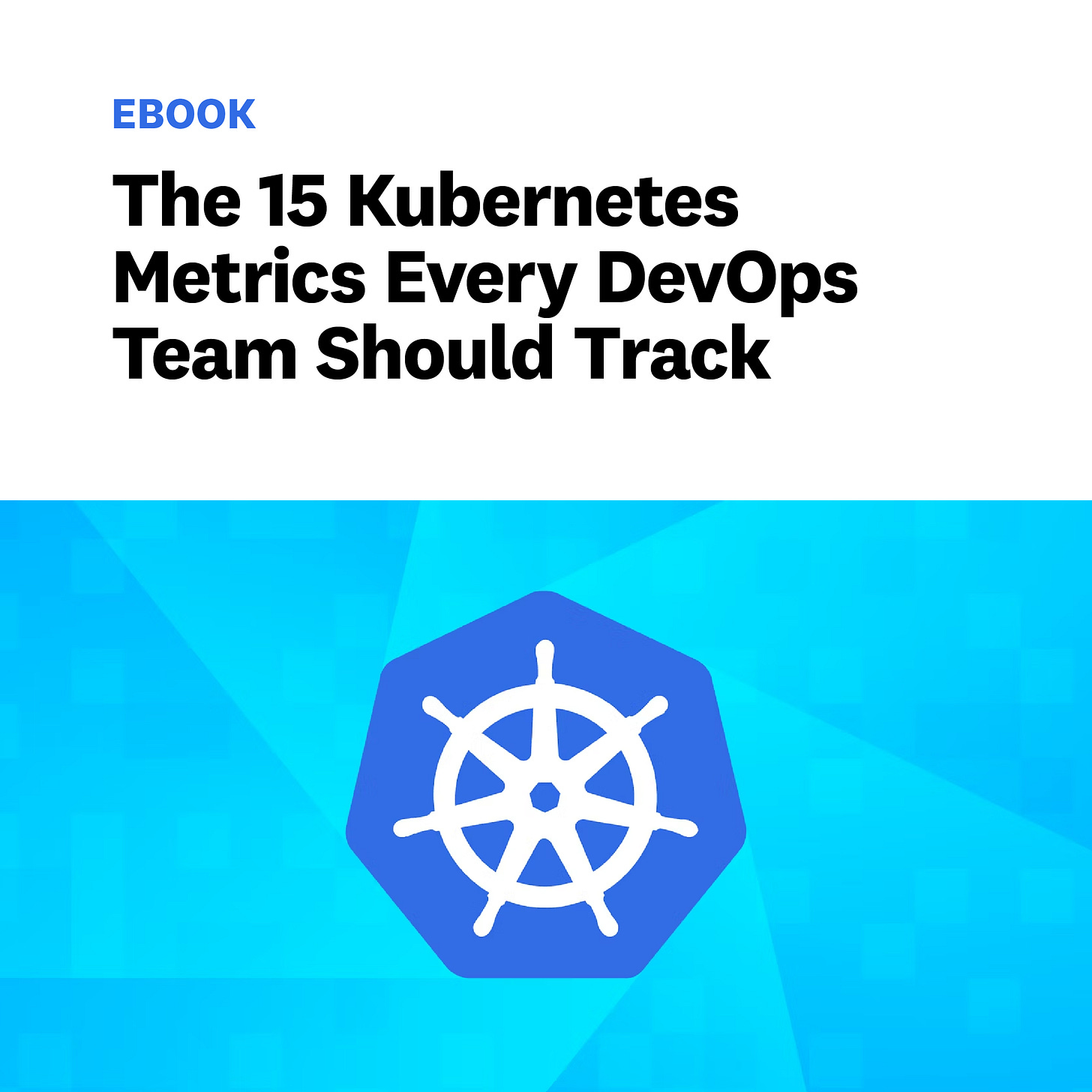
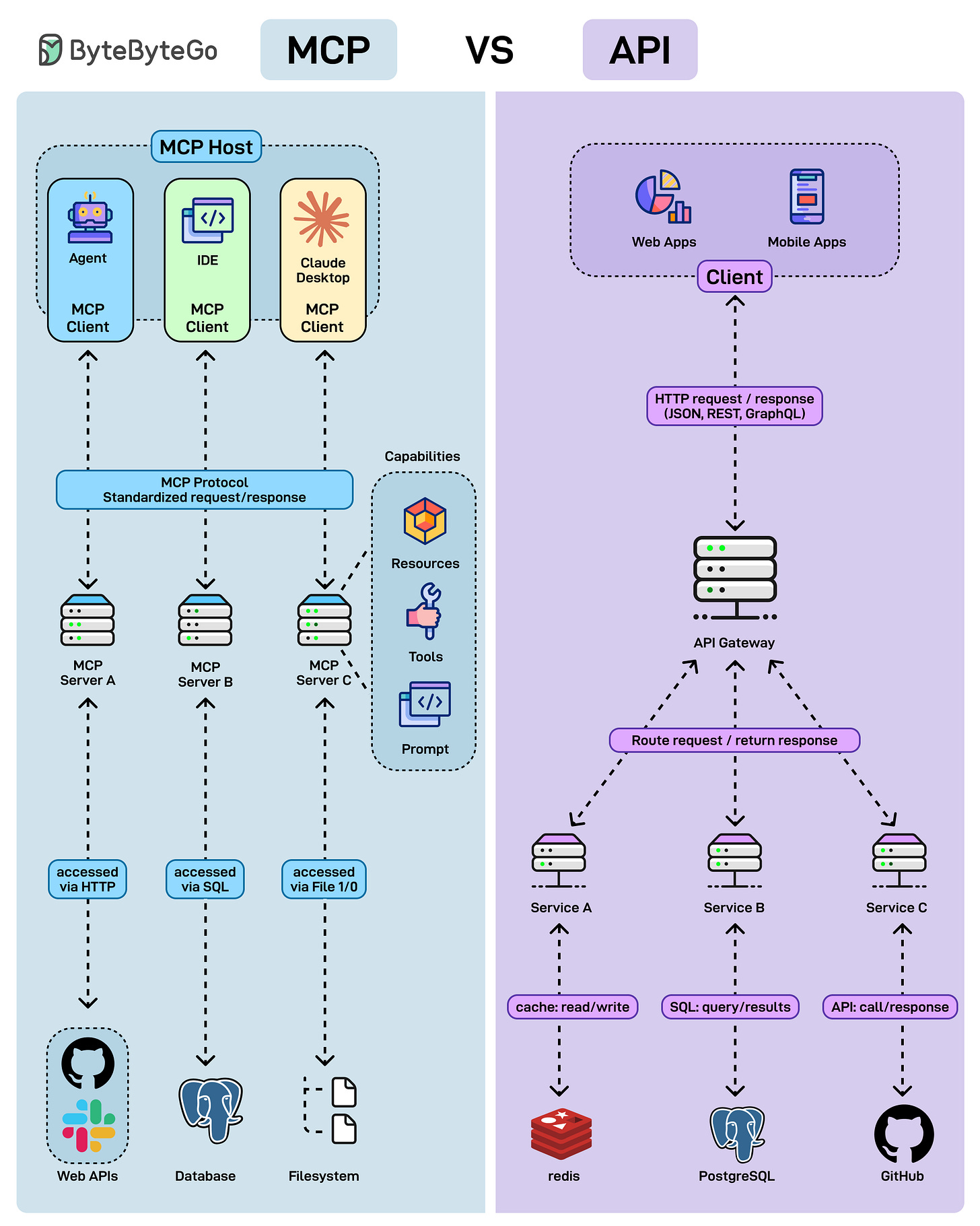
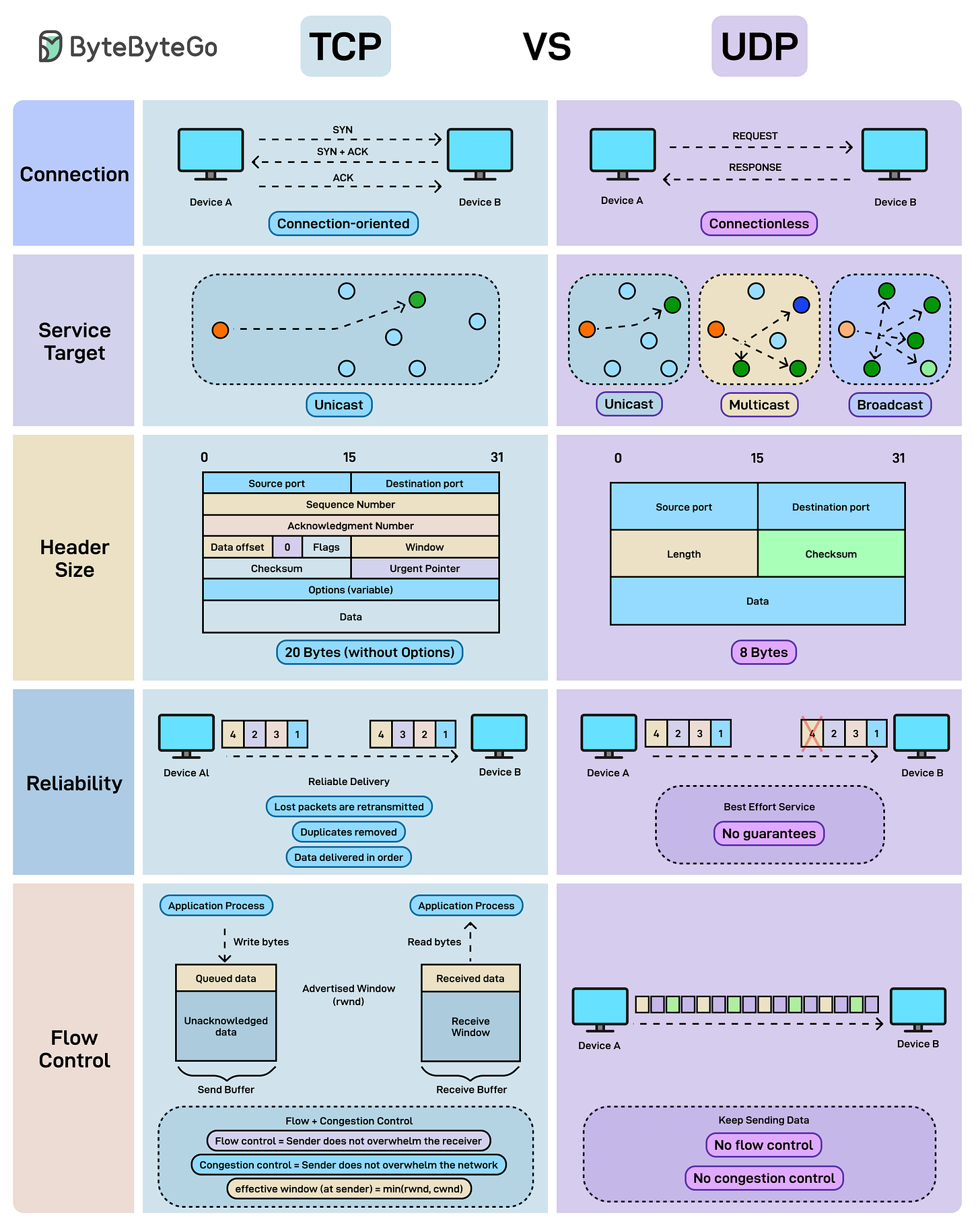
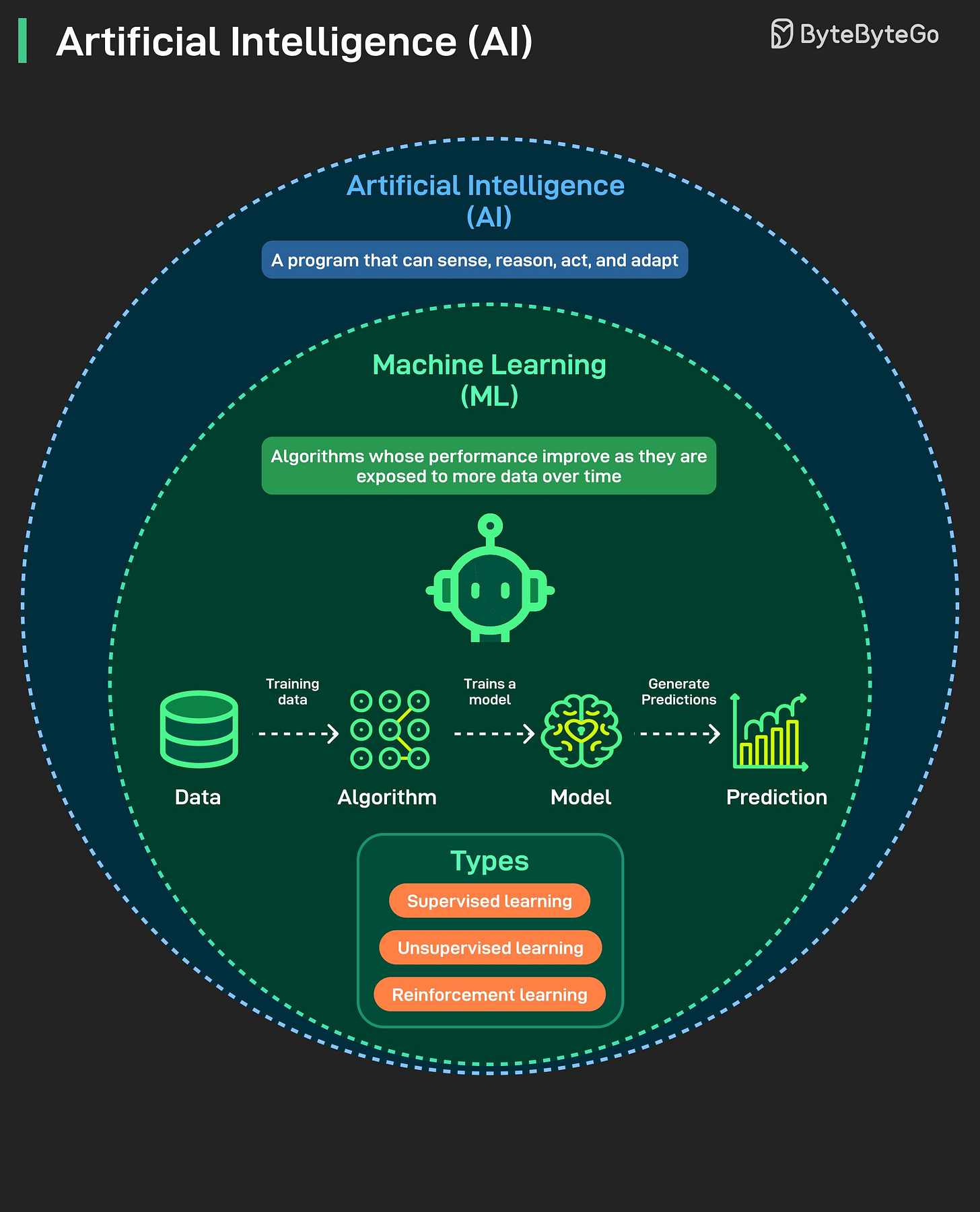
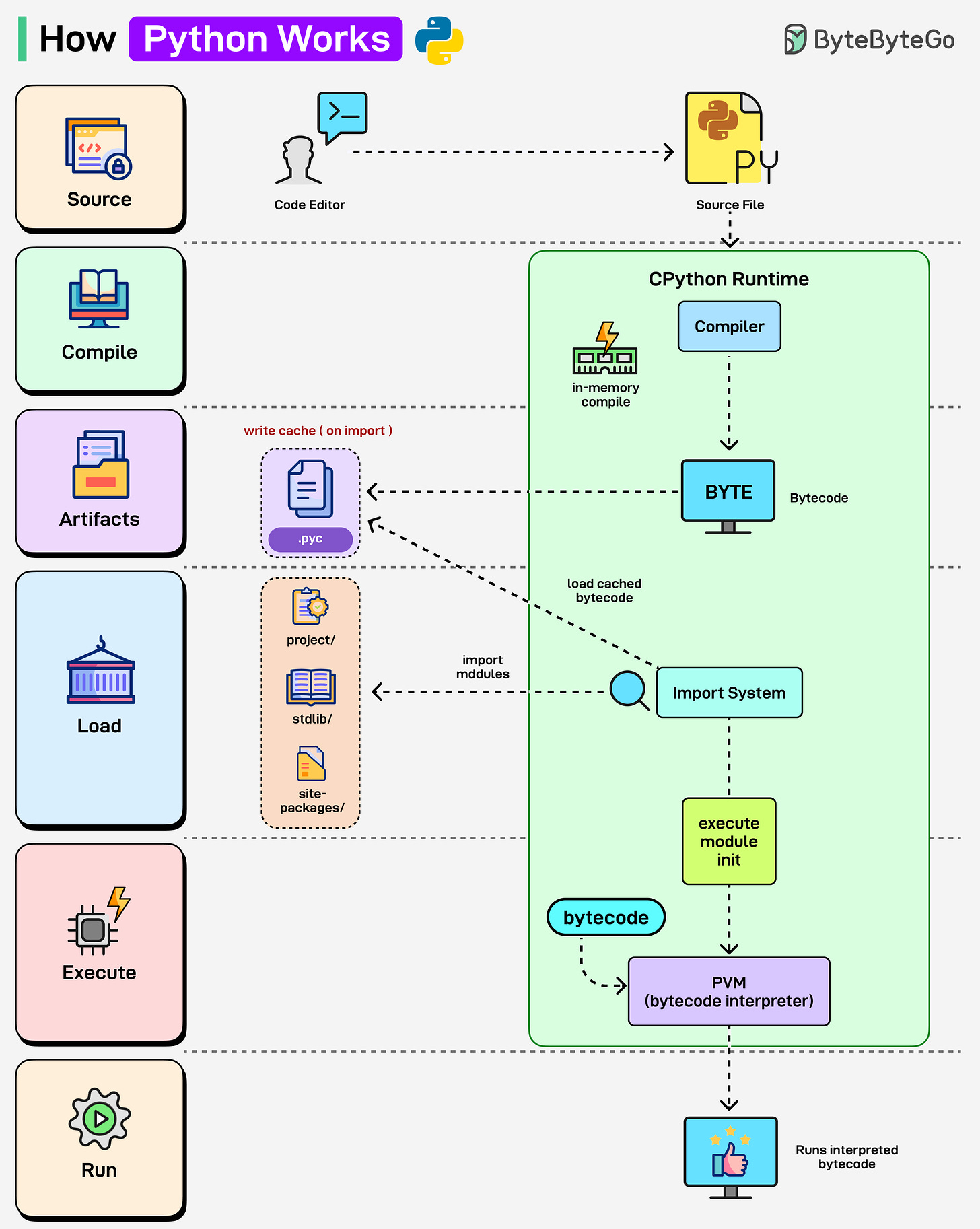
Excellent breakdown of MCP vs API! The self-describing nature of MCP is game-changing - no more hunting through documentation to figure out what endpoints exist. On the sponsored content about Kubernetes metrics: spot on that the 15 essential metrics are crucial. In my experiance monitoring K8s clusters, the cluster state metrics (pod status, deployments, replica sets) are often overlooked in favor of resource metrics (CPU/memory), but they're actually more predictive of incidents. The control plane metrics are especially critical - if etcd latency spikes, you're in trouble before most resource alerts even fire. Datadog's approach to complete visibility makes sense since observability in containerized environments is an order of magnitude harder than traditional infra.